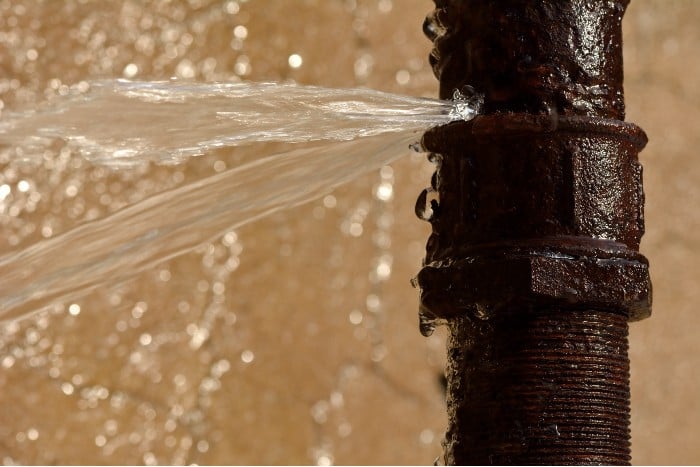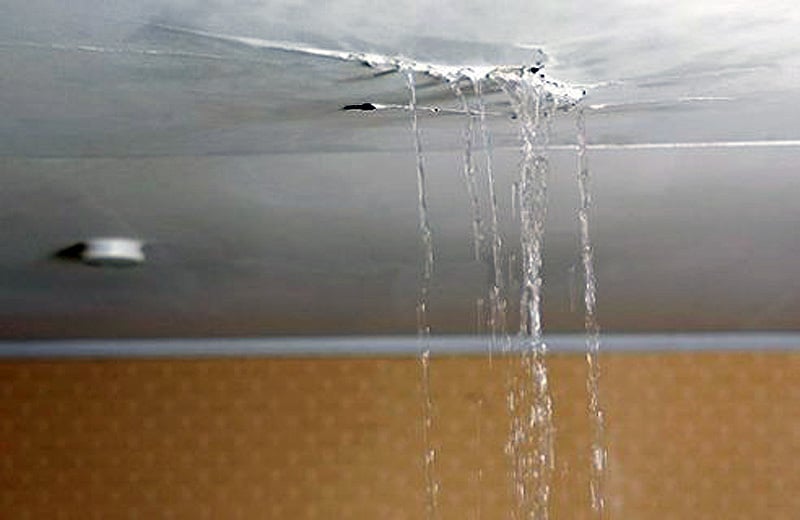Expose Common Roots of Leak Problems Inside Your Home
Expose Common Roots of Leak Problems Inside Your Home
Blog Article
What are your ideas with regards to How to Find Water Leaks?

Leaks not only cause waste of water yet can also create unnecessary damages to your home and promote undesirable organic development. Water leakages could go unnoticed because many of the pipework in our house is hidden. By looking and also comprehending for everyday circumstances that cause leakages, you can protect your house from future leaks and unneeded damage. Today, we will look at six leak creates that might be triggering your pipelines to leak.
Encroaching origins
A lot of water leakages begin outside your home as opposed to inside it. If you see an abrupt decline in water pressure, state in your tap, take time to go out and examine your backyard. You could observe damp spots or sinkholes in your backyard, which could suggest that tree roots are invading water lines creating water to seep out. You can have your plumber look for breach, particularly if you have trees or bushes near your home.
Rusty water supply
As time goes by, your plumbing system ages as well as corrosion such as corrosion may begin eating away the pipes. This may be the source of discoloration or warping on your pipes. This asks for an evaluation with your plumber immediately. If our plumbing system is old, take into consideration replacing the pipes because they are at a higher risk of deterioration than the more recent designs.
Faulty Pipe Joints
The factor at which your pipes attach is frequently the weakest web link in the waterline. Pipe joints can wear away gradually, leading to water leakages. Unfortunately, the majority of pipeline joints are not conveniently visible. If you have noisy pipelines that make ticking or banging sounds, particularly when the hot water is turned on, your pipeline joints are most likely under a great deal of pressure. It is suggested to have your plumber inspect your system yearly.
Instant temperature changes.
Extreme temperature level changes in our pipelines can trigger them to increase and also acquire unexpectedly. This growth and tightening may create splits in the pipes, particularly if the temperature level are below freezing. It would certainly be best if you watched on how your plumbing functions. The existence of the formerly mentioned circumstances often shows a high threat.
Poor Water Connectors
At times, a leak can be triggered by loose hose pipes and pipes that supply your appliances. In instance of a water connections leak, you may observe water running directly from the supply line or pools around your devices.
Obstructed Drains
Clogged drains pipes may be aggravating and also inconveniencing, however they can in some cases wind up causing an overflow resulting in rupture pipelines. Maintain eliminating any kind of products that might decrease your drains that might block them to prevent such hassles.
All the above are root causes of leakages but not all water leaks result from plumbing leakages; some leakages may come from roof leakages. All leakages ought to be repaired immediately to stay clear of water damage.
Leaks not just cause waste of water yet can likewise cause unneeded damage to your residence as well as promote unwanted organic growth. By recognizing as well as looking for day-to-day circumstances that trigger leaks, you can protect your house from future leaks and unnecessary damages. Today, we will look at six leak triggers that might be causing your pipelines to trickle.
At times, a leak can be created by loose pipes as well as pipelines that supply your devices. In case of a water connections leakage, you might notice water running directly from the supply line or pools around your devices.
How To Check For Water Leak In Your Home
How To Check for Leaks
The average household's leaks can account for nearly 10,000 gallons of water wasted every year and ten percent of homes have leaks that waste 90 gallons or more per day. Common types of leaks found in the home are worn toilet flappers, dripping faucets, and other leaking valves. These types of leaks are often easy to fix, requiring only a few tools and hardware that can pay for themselves in water savings. Fixing easily corrected household water leaks can save homeowners about 10 percent on their water bills.
To check for leaks in your home, you first need to determine whether you're wasting water and then identify the source of the leak. Here are some tips for finding leaks:
Take a look at your water usage during a colder month, such as January or February. If a family of four exceeds 12,000 gallons per month, there are serious leaks.
Check your water meter before and after a two-hour period when no water is being used. If the meter changes at all, you probably have a leak.
Identify toilet leaks by placing a drop of food coloring in the toilet tank. If any color shows up in the bowl after 10 minutes, you have a leak. (Be sure to flush immediately after the experiment to avoid staining the tank.)
Examine faucet gaskets and pipe fittings for any water on the outside of the pipe to check for surface leaks.
Undetected water leaks can happen without the home or business owner even realizing. If you suspect a water leak, but not able to find the source. It is time to contact a professional water leak detection service, The Leak Doctor.
How To Find a Water Leak In Your Home
https://www.leakdoctor.com/blog/How-To-Check-For-Water-Leak-In-Your-Home_AE197.html

We were made aware of that editorial about Common Water Leaks In House from someone on our other web blog. Are you aware of someone else who is fascinated with How Fast Water Damage Can Ruin Your Home? Please feel free to promote it. We truly appreciate reading our article about How Fast Water Damage Can Ruin Your Home.
Ready to assist, call now! Report this page